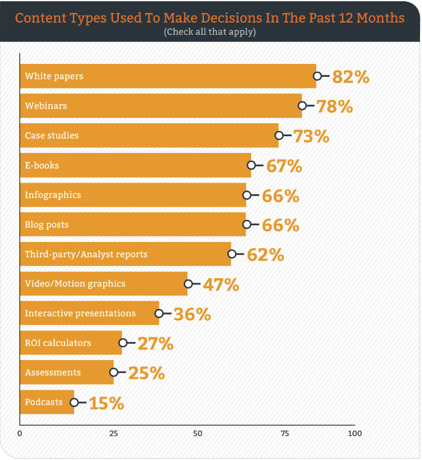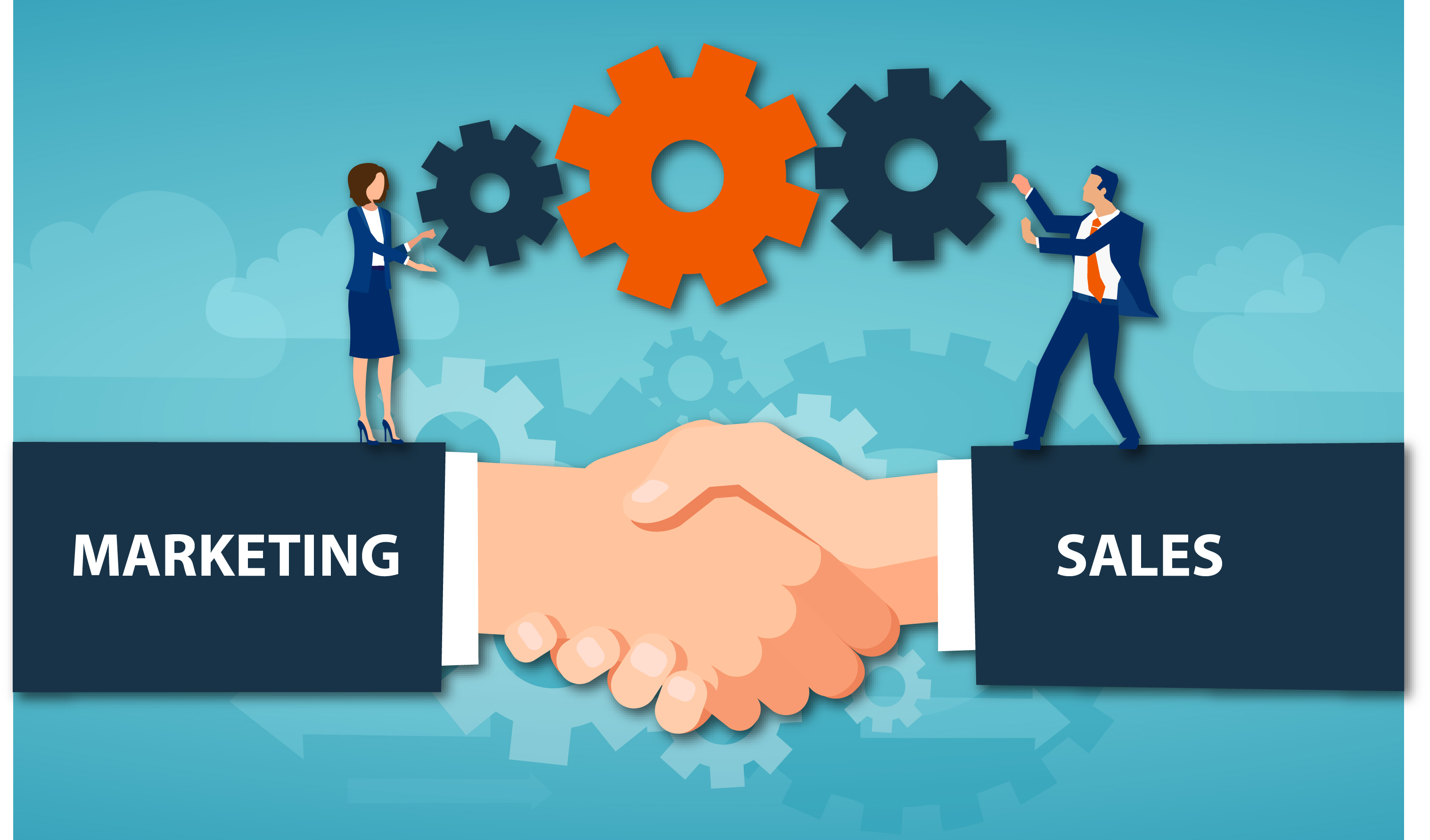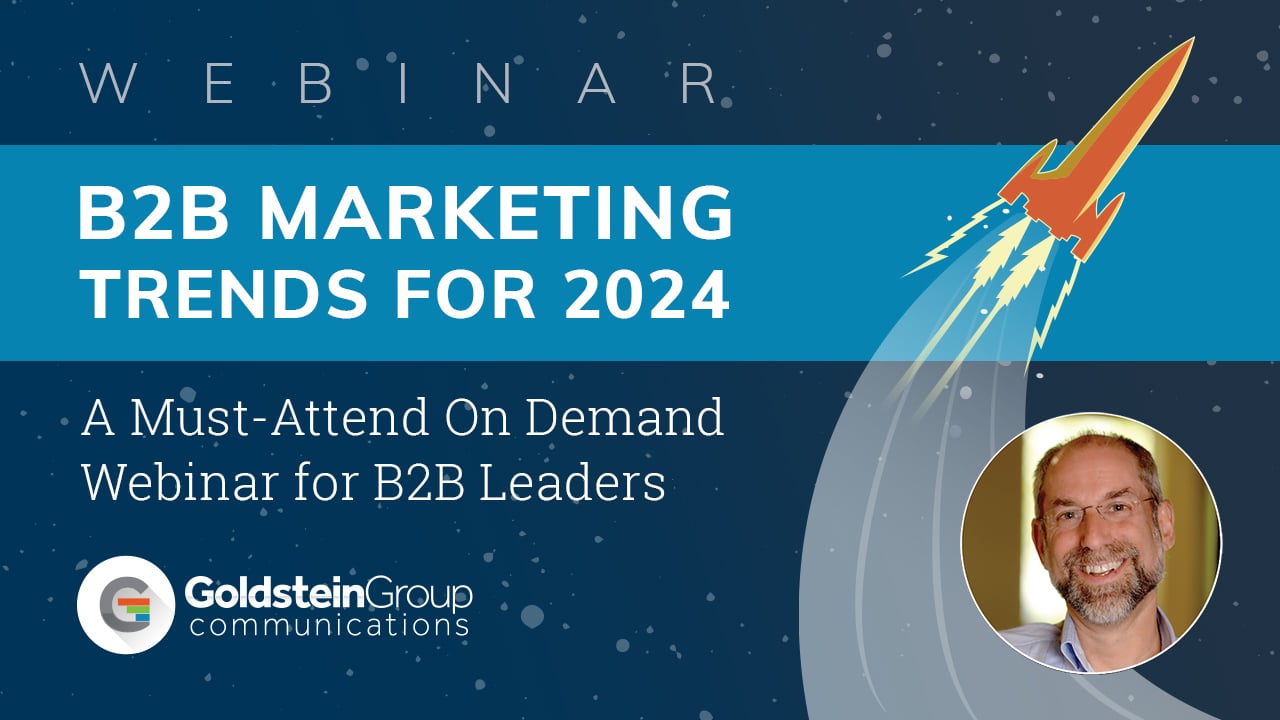How to Market to Engineers: Making Marketing Work for the Technical Buyer

Engineers are not like the rest of us. Or, perhaps, maybe they are?
Many companies are confused about how to market to engineers. In fact, while there are similarities, the technical buyer and engineering community does in fact look for different information, presented in different ways, than when you’re marketing simpler products or certainly marketing to consumers.
As experts in how to market to engineers, our agency builds programs that communicate “engineer-to-engineer.” In fact, while many talk about how they take complex topics and simplify it in their communications, we believe the opposite is the best approach – we take complex topics and keep them complex. The engineering buyer, of course, doesn’t see the content as too complex, and they need that level of detail in order to make their buying decision. So it’s important not to “dumb down” what’s written or presented when marketing to the engineer.
Based on a series of focus groups and industry research, there are 14 basic approaches to building campaigns that will work for an engineering audience.
The Cardinal Rule: “Help me do my job better.”
EVERYTHING you write for the engineering buyer must be tutorial in nature. Their time is so precious, that if you spend their time with puff or commercials about your company or your product, you’ve lost them. Engineers are drawn to white papers and handbooks that teach them something, that help them build on the theoretical they know with the practical application information you know. Make sure they will take away engineering lessons from what you publish, and they’ll consider you a trusted, thought leader worth believing.
They feel overwhelmed.
“I have so much going on,” they often say. Engineers’ most precious commodity is time. While that’s the case with all of us, engineers in particular are struggling with leaner engineering teams and accelerated project deadlines. The firehouse of “always-on” information online can easily overload them.They often don’t have the same internal resources they can rely upon for subject matter expertise, because companies don’t have the same head counts as they used to. So, word-of-mouth from colleagues, always so important to the engineer to identify what company to work with or product to buy, is no longer as readily available.
Further, engineers today are assigned to more teams than in the past, according to research conducted by UBM/Aspencore as part of its long-running “Mind of the Engineer” studies. They’re tasked with learning skills outside their core disciplines, as mechanical and electrical/electronic engineering continue to merge. They’re asked to learn how their designs will migrate to production, as “Design for Manufacturability” becomes a core part of what they’re asked to learn.
And, they’re tasked with keeping pace with new standards and global certifications, as most companies emphasize expansion to foreign markets. So while engineers feel overwhelmed, in many cases they truly are! We can NEVER waste their time. It’s a tough task, but that’s GOOD for marketers. If we can help engineers quickly master what they’re trying to learn, we’re building a relationship with them as an information resource – at the expense of your competitors who may not understand this as well as you do.
The engineer’s core currency is measured in time:
They don’t have time to read. They don’t have time to figure out what to ask you. Actually, they want you to tell them what they don’t know to ask.They don’t want to reconfigure a solution to something they’ve already solved. They have enough projects or urgent things to solve that are “on fire.” They don’t have time to go back and re-design something that’s working well enough. They want to work with companies that make things easy to learn, quote and buy form, and they’ll switch to someone who’s easier to business with (see #7).
"Don’t talk to me about quality."
That sounds counterintuitive, but the point engineers make is that they ASSUME your product has high quality. Every product today has high quality. So if you spend time in your marketing materials touting high quality, they’ll often skip right over that – or right past you – to something that has more value for them. If you don’t have high quality, you’re not getting in the door, so don’t waste their time with information about how you offer high quality. Everybody does, so it’s not a differentiator for them to tip the scales in your favor.
“Don’t fudge or spin because I already don’t believe what vendors tell me.”
That comment from an engineer came in a focus group when she was asked about vendor marketing materials. It goes to the heart of credibility, and tutorial information. If your materials contain too much puff or commercial information about your company, they’ll tune you out. Some of this has to do with the Millennial Engineer as well, a demographic that responds strongly to authentic, data-driven information and objective case histories. In most studies we’ve seen over the years about the engineer’s “preferred” information sources, they prefer information from colleagues and peers over all else as a trusted source (i.e., importance of social media!). But with fewer experienced colleagues to turn to in the next cube (see #2), engineers will have to rely on vendors for clear, technical information to help them make the right choice.
“I admire innovation, but happy to let someone else try it first.”
How many times do you see companies tout their innovation? It’s likely that’s a mistake when it comes to positioning their products. While engineers love innovation and went into engineering because they’re drawn to creative, elegant solutions, they’re not necessarily anxious to be the first in their company or department to try it. This is not to say they’re not attracted to doing this in an innovative way. Engineers innovate in their jobs all day long. However, as a message platform to market a product TO engineers, it’s not likely to be something they’d find as attractive as proven results for others similar to them. Deadlines are so tight and the delays associated with innovation are so risky that many engineers just can’t afford to lead with a solution that’s not yet proven and reliable. Those are themes that resonate far more with the engineering buyer.
"Don’t dumb it down."
Websites and marketing materials have to carry deep technical value, and in fact many engineers ask companies to speak to them technically at their level. Simple or superficial data sheets and white papers are a barrier to trust. Don’t try to be a clever marketer by spoon-feeding the engineer with just enough information to get them to fill out a quote form or call you. In truth, providing only part of the information DOESN’T act as an incentive for the engineer to contact your company, but instead forces the busy engineer to turn to a competitor out of frustration.
"How easy is it to order from your company?"
That seems like a basic question, but in fact there’s considerable research to suggest that engineers are looking for the “easy button” with their technical purposes too. Do you have live chat? Do you publish engineering drawings? Can I upload my CAD files to your site automatically to get a real quote? Do you have people on the phone who can answer my technical questions accurately without waiting 2-3 days for a call-back? Can I quickly find the part I need without having to decipher a product numbering system that may be clear to you but I can’t decipher? Can I order online and see all the accessories I need to order to get what I need right the first time? Engineers are busy with core tasks related to their product designs, and they don’t want to spend time learning how to order a product from you. Easy ordering again goes to the core driver for effective Marketing to the Engineer: make it easy, make it accurate, and make it simple.
"Fifty percent of what you publish for the engineer should be video."
Really? That was a comment from one of the speakers at the recent HubSpot annual conference on digital marketing. We’re seeing a huge demand for 3-5 minute technical videos that animate and illustrate a product’s advantages. These aren’t puff pieces or commercials. They follow the same rule to teach the engineer something of value, without puff or marginal information. Engineers can quickly see your point, with more clarity and understanding, in five minutes than they often can reading a 2500 word white paper. And in fact, they often prefer to spend 5 minutes to absorb something, rather than reading through the formulas associated with your technology that they can find later on the data sheet. It makes sense to boost your video content programs when marketing to engineers.
"What content works best for engineers?"
Consider the recent findings of a study from the Content Marketing Institute, which highlighted white papers and webinars at the top of the list of most effective content:

We’re seeing case histories at the top of a variety of lists lately. This goes back to the engineer looking for “proven” solutions that relate to his or her work, as well as the authentic credibility that case histories have for the millennial buyer.
I wish it were as simple as just email marketing.
The fact is that email marketing is no longer the slam-dunk in b-to-b marketing that it used to be. Click through rates today average 1-3%, a far cry from the 6% of even a few years ago. No matter how personal or relevant, no matter how much you tailor the message to the engineer’s stage in the buying cycle, engineers are simply too flooded with email to respond to campaigns the way they used to.
A client told me recently she came to work one day with a single goal: to get her email inbox down to 1500 unread emails! She’s not alone, and I’ve heard other clients complain of being hundreds of emails behind. While we still send emails at our agency, and while that still is at the top of the list for what’s MOST effective on an ROI basis, it’s not what it used to be, and we’re going to have to develop new techniques to supplement the lead flow email marketing used to provide.
Coming back to face-to-face – and the value of top-of-mind branding!
Surveys from UBM Publishing/Aspencore, MarketingSherpa, HubSpot, and our own research shows a bit of a back to the future effect: face to face marketing, word of mouth, trade shows and colleague referrals are assuming new prominence (or returning to prominence!) in generating leads and driving brands. In fact, when we ask engineers what their #1 source of information is, it’s not search engines – it’s colleagues! That’s not to say search isn’t critical, of course. It’s just that people are so time stressed they rely on trusted co-workers to help them in the technology search, evaluation and selection process.
Here’s a story: a magazine editor at EDN told me once that when he was a new engineer who needed to buy something, he remembers feeling like he had all the time in the world! He would create an elaborate matrix with 20 specs along the top and a dozen vendors down the side, and study which component he ought to purchase. Today, engineers have no time for such luxuries, so they ask the engineer in the next cube not because they’re lazy, but because they’re pulled in too many directions. The meaning for marketers? If you’re not at top-of-mind in your market for your category, you’re going to lose out on these word-of-mouth referral conversations to the brand leaders in your space.
Conversations, not campaigns.
We mentioned earlier that bulk email blasts were showing declining response rates. And we talked about the growth of social media for driving search. Those two concepts come together with savvy marketers who are using Twitter and email to create individual sales conversations rather than bulk blasts. We’re even developing the concept in our agency of the Twitter Salesperson – an individual in the sales department who reaches out to company followers with specific tips, advice and help based on their tweets, rather than relying on Twitter for blast messages just about webcasts or trade shows that are sent to everyone at once. And the speed of conversations in engineering-based marketing is important. When people are searching and researching products, they have a question NOW. Live chat or immediate response to emails isn’t creepy – it’s valued. So mindsets based on speed will become more critical.
"More data on our customers."
We can’t market to people based on name, company, industry. We need to know more about specific problems, where they are in the sales funnel, whether they’re a current or lapsed customer. We need to know if they’ve purchased one product line but have no exposure to others. We need to know if they’re a young engineer or an industry veteran. Answers to each of those questions have a dramatic impact on what information engineers need, when they need it, and how they want to receive it. Offering a quote to someone who’s at the earliest stages of product research simply won’t work, and turns engineers away, because you’ve served up an offer to someone at the wrong time in their funnel. So marketers are using Marketing Automation software like HubSpot and Progressive Profiling on their lead generation programs to slowly and carefully build deeper and more robust databases on their customers and prospects. It makes marketing not just more relevant to them, but more effective.
Engineers like to laugh too.
A group of interns at NASA’s Johnson Space Center created a parody of the South Korean Gangnam Style video when that was popular a few years ago, which quickly generated nearly 5 million views! It’s quite well done, but it’s also a great example of how engineers will pay attention to messages that are entertaining and fun, rather than just the dry spec-sheet facts. One client generated 100 times the response to a video with a “campy” title to a webcast, “Campfire Songs from the Network Edge.” The content was just as tutorial, but the title seemed to break through that clutter and get attention from engineers exposed to too many messages that are too similar, dull and routine. Keep them laughing, and we’ll keep them coming back for more? Perhaps, but it’s a direction worth exploring for technical marketing.
At the end of the day, if we help engineers do their jobs better, we’ll be valuable to them. But we have to get in front of them first, and we have to push our ideas to the clever, engaging side of what we produce rather than just packaging everything in text. Try new ideas. Approach your prospects from the left instead of the right for a change. The best part of marketing today is that it’s all measurable. In short, we can drive ROI because now we can “Predict it. Control it. And Improve it.” Because so much of it is online, we can see what works in an instant. The analytics reveal what to repeat and what to drop, with none of the guesswork of the past for what materials the engineer finds most useful.
Read more about our Measurably Better Marketing process here.






